
Everyone has opinions about which cars are the best. It is not hard to spot a great car when you look at it or check out its performance stats. People’s opinions can vary widely about the best cars, but most people agree about bad cars. There are cars so bad that they have been pulled from markets, and they are notorious for being bad purchases. These are the cars that you should avoid at all costs since they are the worst cars of all time.
Have you ever driven one of these vehicular monstrosities? Be sure to SHARE this article on social media and let us know.
AMC Gremlin (1970–78)

Arguably one of the most recognized worst cars ever is the AMC Gremlin from the 1970s. In the 1960s and 70s, the demand for compact cars skyrocketed. In response, AMC redesigned the AMC Hornet to be shorter and with slightly different features. In reality, the design of the Gremlin turned out to be the Hornet without its back section. Not only did this make it look strange, but it was also harder to drive. The shortened designed called for a change in the suspension system. The engine was heavy too making handling much slower. Plus, many drivers were shocked at the lack of basic features.
Horsey Horseless (1899)

It may seem unfair to say that early cars could be among the worst cars ever because they can’t compare to modern cars, but there are some that stand out as purely bad ideas in their own right. The 1899 Horsey Horseless is one of those early models. Its defining feature was a large fake horse head at the front. This was during the transition from horse-drawn buggies to cars, so the designer thought that it would help riders feel better about the change. He also recommended storing additional fuel in a hollowed-out version of the horse head, which just seems like a dangerous and ill-conceived plan anyway.
Chevrolet Vega (1971–77)

The 1970s were a time for new ideas, and the Chevrolet Vega tried to a few new design options. These included new engine manufacturing and rustproofing processes that were praised when the Vega was released. It even won the 1971 Motor Trend Car of the Year award for its “innovative” design. However, these innovations proved to be its downfall. The new processes made the Vega extremely vulnerable to corrosion and rusting. Plus, the aluminum engines wore out very quickly leading Chevy Vegas to be scrapped at an alarming rate. Many did not make it out of the 1970s and junk yards were overrun with them.
Hummer H2 (2002–09)
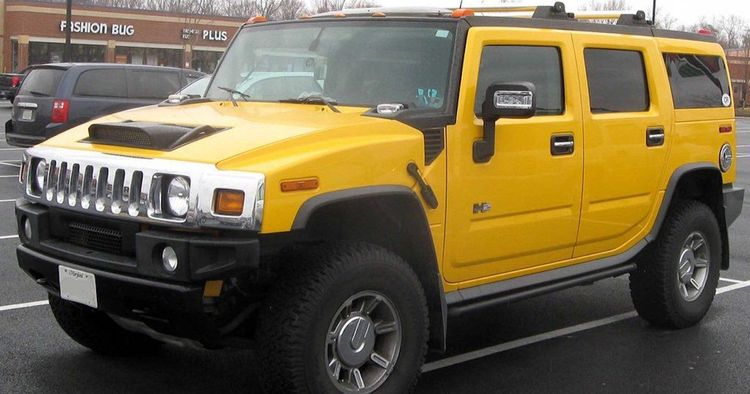
The Hummer H2 may seem like a controversial option on this list, but it is here for a good reason. It hit the market in 2002, and introduced many problems for drivers and for GM. The entire Hummer series is based on the Humvee, the standard upscale replacement to the Jeep as a military vehicle. Hummers are large and have a distinct military look, while also being extremely bad at fuel consumption. Coupled with an energy crisis and other global political problems, the H2 became a major problem for GM and it did not last long on the market. Eventually, the Hummer brand folded and car companies went in a more eco-conscious direction.
Oldsmobile Cutlass Supreme Diesel (1979)
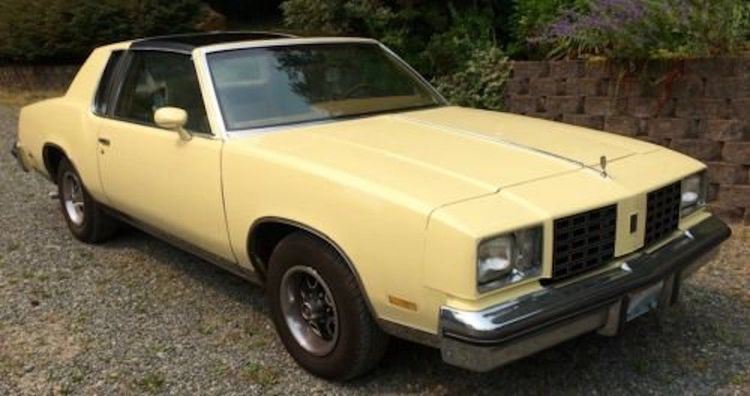
Diesel engines can be a great fix to many of our growing energy problems. They are more efficient than regular engines with few drawbacks. However, a poorly designed diesel engine can also be a major problem. The 1979 Oldsmobile Cutlass Supreme Diesel had a diesel engine that introduced a lot of performance problems. The engine was unreliable at best and had issues with fuel consumption. Many experts credit the downfall of the American diesel engine market to the extremely poor performance of the diesel engines in the Cutlass Supreme. One benefit from the Oldsmobile Cutlass Supreme is the engine blocks. They were made so well and so sturdy that race car drivers continue to use them today.
Fuller Dymaxion (1933)
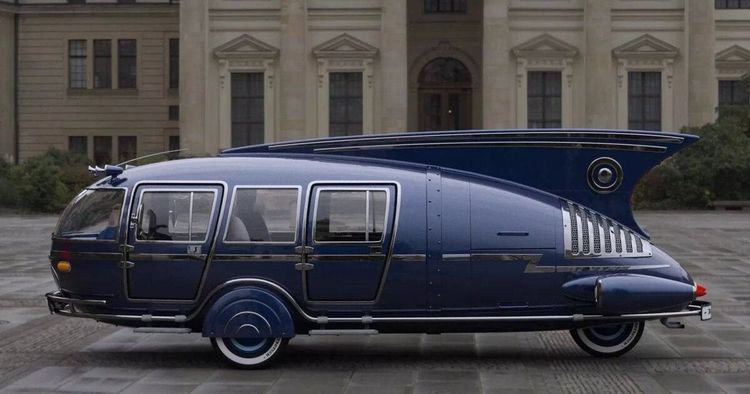
When car designers try to push the boundaries of car design, you get either a major breakthrough or a big failure. The 1933 Fuller Dymaxion should have been a major breakthrough given the skills of its designer, R. Buckminster Fuller, but he pushed the boundaries too far. The Fuller Dymaxion is closer in design to a dirigible than a car. Its angled back, three-wheel design led to performance problems that made it almost undrivable. Three cars were made, but none of them resolved the problems. The project ended after a fatal crash during testing, and the Fuller Dymaxion never made it to the market.
Ford Taurus (1996)
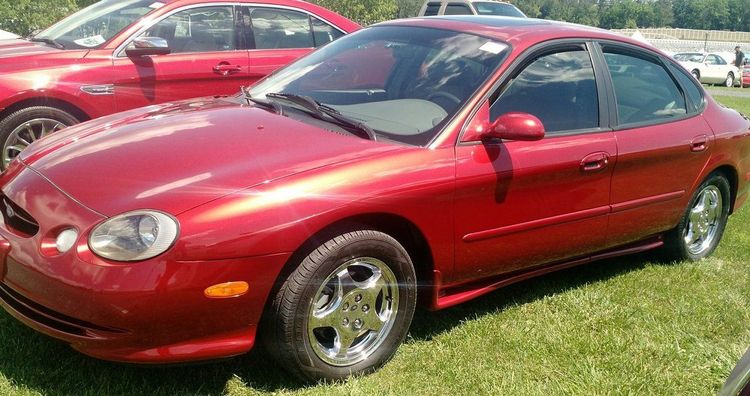
Ford’s recent move to trucks is a long time coming giving its history with sedans. Ford has had some good sedans over the years, but the 1996 Ford Taurus was one of the worst cars ever. It was an attempt to recapture Ford’s previous success with pushing the boundaries of design, but it went too far. The shape was aerodynamic and tried to copy high-end cars, but the changes led to several bad design features. It looked otherworldly, which made it hard to sell. A decrease in trunk space and an increase in weight led to bad performance as well.
Renault Dauphine (1956)
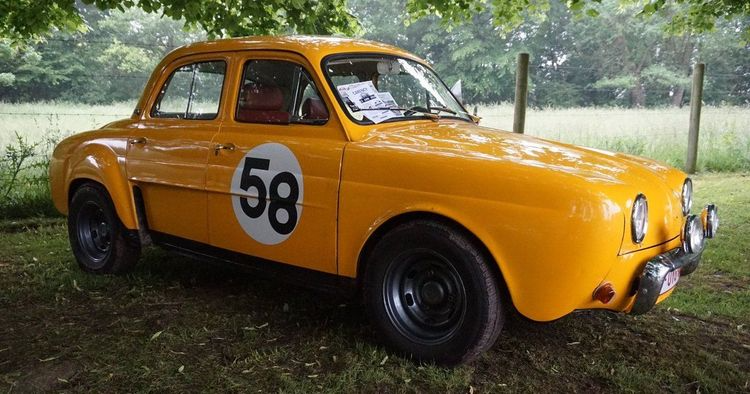
The Renault Dauphine (1956) is another worst car ever that suffered from cost-cutting measures. The most notable problem is that the car was slow, very slow. It took more than 30 seconds to reach 60 mph from a standstill, which is bad for a car of any time period. Combined with slow acceleration, the Renault Dauphine also had a problem with its construction quality. Thin metal components, unattractive interiors, and a somewhat strange exterior made it a hard sell for many dealers. It also proved to be unreliable since they would rust, start to come apart, and wear down within a few years.
Ford Edsel (1958)
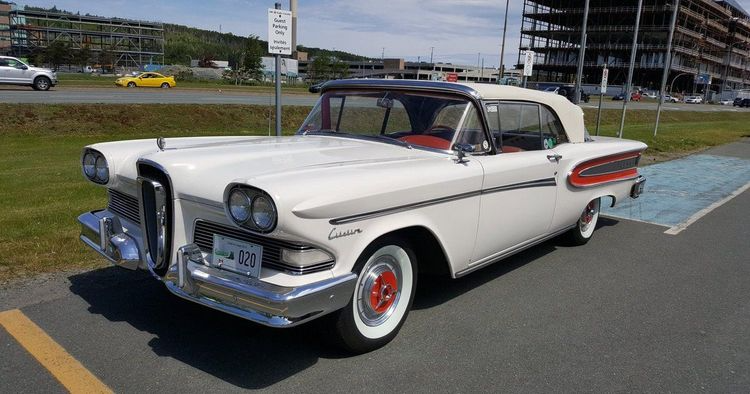
Ford takes another spot on this list with the Ford Edsel (1958). Ford started off with a good idea. It polled many of its car buyers for the previous few years to find out what drivers really wanted in new cars. However, Ford ignored many of its findings from the polling in the development process. On top of that, Ford also spent an entire year marketing the Edsel as a game-changing vehicle. While the public got its hopes up, Ford developed a car that was nothing like the marketing campaign or the polling data suggested. Upon launch, many eager drivers found it to be unattractive, poorly-designed, and nothing of what they wanted.
Cadillac Cimarron (1982)
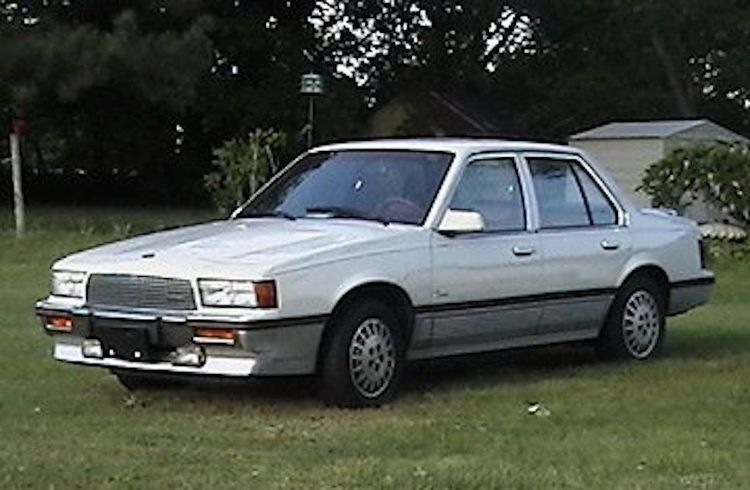
The 1980s were not much better for car development for many of the leading companies. Cadillac, a company that is known for luxury and high quality, became the target of many journalists for the Cadillac Cimarron (1982). At the time, Cadillac was still owned by GM, which was on a major downward spiral for a variety of reasons. However, the Cimarron is credited with nearly ending Cadillac and GM because of its extremely poor reception. Like many of the other cars on this list, the Cimarron was poorly designed and constructed. To many drivers, it felt like Cadillac just didn’t put in the effort to make something better, which is a consistent theme for GM in the 70s and 80s.
Cadillac Fleetwood V-8-6-4 (1981)
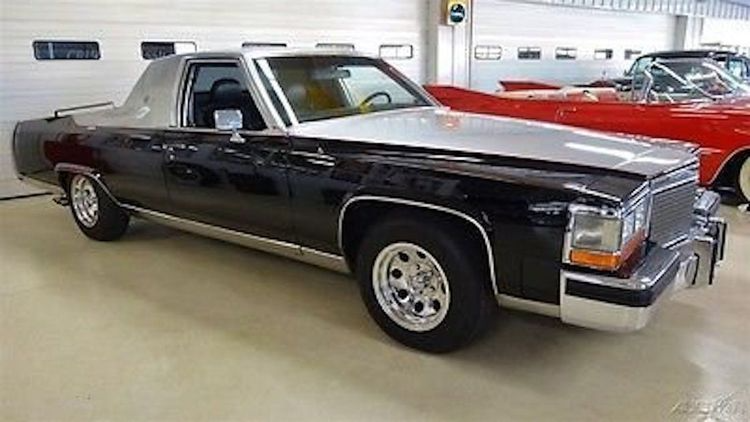
Cadillac is an American brand known for its iconic luxury cars. For many decades, it was a dream to just own a Cadillac. While many of Cadillac’s models are of a high quality, the 1981 version of the Cadillac Fleetwood V-8-6-4 was a big failure. It was one of the earlier car models that utilized both semiconductors and onboard computer technology. In the early days, this combination caused variable displacement that led to a poor driving experience. After paying a lot of money to own a Fleetwood V-8-6-4, you could expect the car to make a lot of noises and stall or jerk while you drove it.
Plymouth Prowler (1997)

The 1997 Plymouth Prowler is a unique looking sports car made with the latest 1990s technology. It looked like a sports car from the future that somehow also incorporated retro designs, with a sleek exterior design. It had an open wheel front that makes it nearly iconic. Despite its look, it didn’t make for a good sports car. It really didn’t perform as well as even mid-size sedans. Instead of a high performance engine, Chrysler used its regular 3.5 liter V6 engine that delivered just 250 horsepower. It also only came with an automatic transmission, which didn’t meet the needs of sports car enthusiasts.
Morgan Plus 8 Propane (1975)

Multiple cars on this list suffer from a similar problem: problems with fuel storage. The Horsey Horseless was an early example of why this is a problem, and the Morgan Plus 8 Propane is a much more recent example. The Morgan Plus 8 almost never made it into the American car market. Originally designed overseas, it could not pass updated emissions standards. However, a dealer from San Francisco came up with the idea to switch to propane. He mounted a large propane tank on the rear bumper, making this car exceedingly dangerous to drive. Plus, it was heavily outdated since the design had changed little in decades.
Amphicar (1961)

James Bond and nearly every other spy with high-tech gadgets have something like the Amphicar, a car that is also a boat. In 1961, the Amphicar was a new idea to help people be more mobile. Unfortunately, it couldn’t make the cut. The problem with cars like the Amphicar is that they are trying to do too much. It is a compromise between a boat and a car, which makes it mediocre at being either one. The design had two major flaws: it was slow and it leaked. Its top speed on the water was only 7 mph, which was slower than some sailboats. Also, it leaked constantly because it had loosely sealed openings. A bilge pump had to keep pace with the leaks or the car sank.

